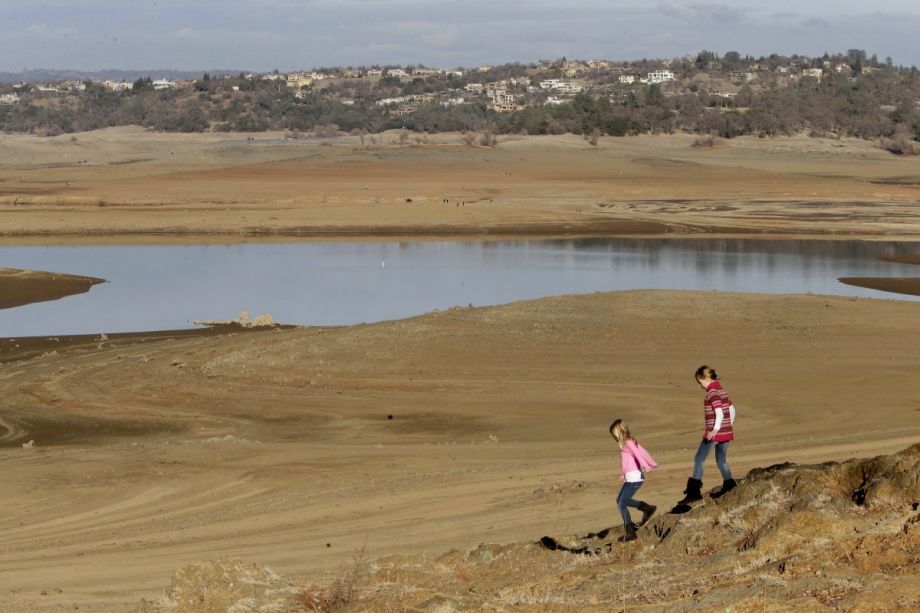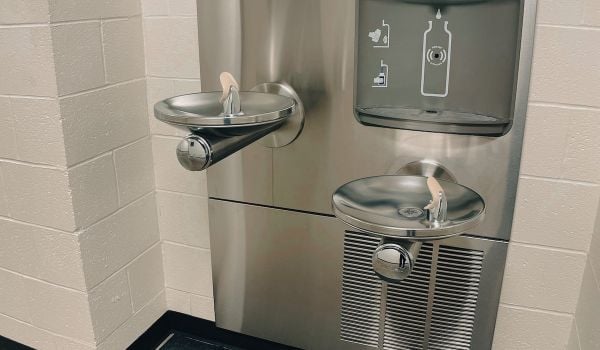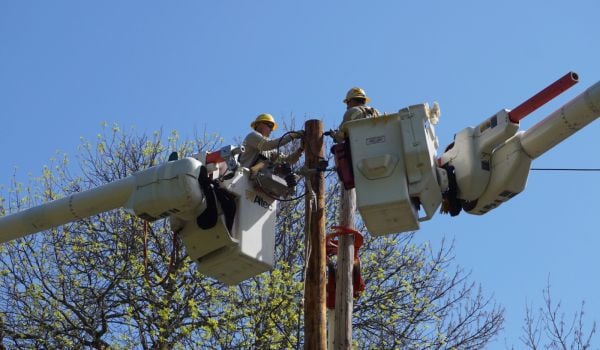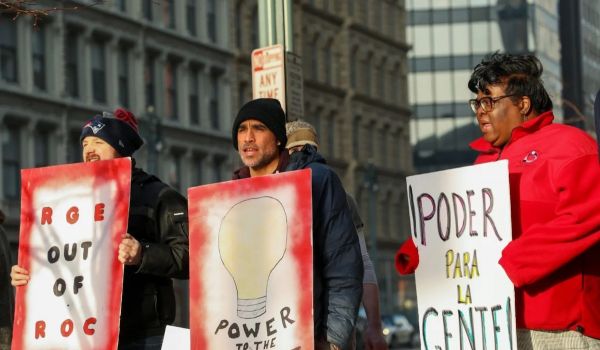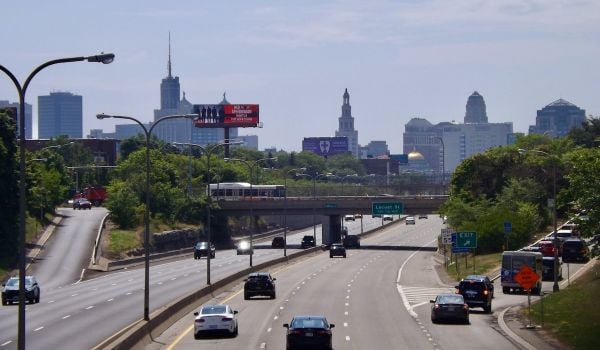No matter how efficient a new development may be, growth always comes at a price, with increased demand for water one of the more tangible costs. In areas already experiencing water scarcity, it’s also potentially one of the biggest challenges to long-term sustainability.
That’s why the Alliance for Water Efficiency, Environmental Law Institute, and River Network recently released a tool to help communities plan for water-neutral growth. The Net Blue Ordinance Toolkit, developed with input from seven geographically diverse regions of the U.S., is designed to meet different water needs when drafting an ordinance to require developers to offset new water demand. Another automated worksheet helps developers calculate exactly what kind and scale of offsets they’d need.
“Those who work in urban design and city planning know that water plays an important role, but they’re frustrated often by the lack of access they have to those in the water and wastewater utilities who should be working with them more directly and aren’t,” says Mary Anne Dickinson, president and CEO of the Alliance for Water Efficiency (AWE). “There’s very much a firewall between those two entities.”
Offsets could take a number of forms. Dickinson gives the example of a developer building a new 10-home subdivision. If the city has a water-neutral development ordinance, the developer will have an incentive to install the most efficient appliances possible, but the project will still have an impact on local water demand, about 500,000 gallons per year.
To reach neutrality, an ordinance might require the developer to implement conservation measures in other locations. Maybe the firm retrofits all of the plumbing in a commercial office building they also own. Maybe they harvest rainwater at another site, and make it available for irrigation.
In Santa Fe, New Mexico, among the most well-known of the 13 U.S. communities with existing water-neutrality ordinances, the city requires that developers pay for the new water rights their project will require. So if a project would add 2 million gallons of water demand per year, the developer would pay the city a fee equivalent to the cost of 2 million gallons of new water rights.
This option is on the table in the Net Blue toolkit, but Dickinson says it’s not preferred. “We’re big fans of direct retrofits that you can actually prove and see that the water has been displaced and is definitely offset,” she says, as opposed to just making new water procurement cost neutral.
With the focus on retrofits and conservation, city and water utilities will identify the biggest drains on the system and the interventions with the highest potential, she says. A developer might then be able to meet their offset requirement by retrofitting a very leaky restaurant, or by paying into a conservation credit bank. The latter, says Dickinson, “is something we haven’t yet seen before, but we think as a national effort this is something we could test out.”
In creating the toolkit, AWE and partners researched the 13 communities that already have ordinances, as well as four communities that once had an ordinance but discontinued it. Unsurprisingly, the majority of cities with existing policies are clustered in California, with one in New Mexico, and two in Massachusetts. In some of these communities, says Dickinson, without an offset ordinance, a building moratorium might have been necessary.
San Luis Obispo, California, adopted an ordinance in 1990 during a severe drought, but discontinued it in 2005 when the city obtained a new water source — and started running out of low-efficiency toilets to replace.
The experience points to two limitations. First, “in a big city with lots of high-flow plumbing it will be years before you run out of these opportunities, but in small towns you could run out right away,” says Dickinson.
And second, “If [communities] are not in a water crisis, they’re not going to be motivated to do it, because they seem to have enough resources to go forward,” she continues.
But Dickinson also says it is not the AWE’s position that every community strive for water neutrality, or that every ordinance be permanent. As an example, she says, “I would never want to suggest that Milwaukee do a water neutral development ordinance. They are so over capacity in their water supply and distribution system that it wouldn’t make any sense.”
“Even though it looks like a great sustainable strategy, I think it would be, for development purposes, a fairly expensive strategy in communities that don’t need it,” she continues. “Where this will be really appealing is where they’re starting to be up against a wall and [developers are] suddenly realizing that if they don’t agree to this sort of development proposal, they may not be able to build at all.”
Places like Southern California, which have been experiencing drought in recent years, but also places like Madison, Wisconsin, which doesn’t tap the Great Lakes for water as Milwaukee does, but relies on groundwater. A water-neutrality ordinance could help them plan for shortages before they happen, or avoid the need to tap into new, pristine sources.
Madison is one of seven communities that worked with the AWE and partners to develop what’s called the “flexible ordinance.” Along with Madison; Acton, Massachusetts; Cobb County, Georgia; Austin, Texas; Albuquerque, New Mexico; Bozeman, Montana; and San Francisco — which are potentially interested in adopting an ordinance themselves — they will continue to communicate with AWE over the coming year as they make decisions. Other cities not involved in the test group, including Los Angeles and Santa Monica, have already expressed interest, says Dickinson.
For cities not in a crisis, but still concerned about their water supply, Dickinson points to the East Bay Municipal Utility District in Oakland, a utility she sees working hand in hand with a planning department. Most water utilities, she says, plan for water supply based on projected population growth. East Bay instead plans for water based on a full build-out of the municipality’s master plan — linking water demand to land use, not population. Such an approach tackles the core problem Net Blue is supposed to address.
“We came up with the project because we were disturbed by a lack of connection between the planning community that would be working to figure out how a community would be growing into the future, and the water utility services that are supplied to deal with that growth,” Dickinson says.
Jen Kinney is a freelance writer and documentary photographer. Her work has also appeared in Philadelphia Magazine, High Country News online, and the Anchorage Press. She is currently a student of radio production at the Salt Institute of Documentary Studies. See her work at jakinney.com.
Follow Jen .(JavaScript must be enabled to view this email address)

